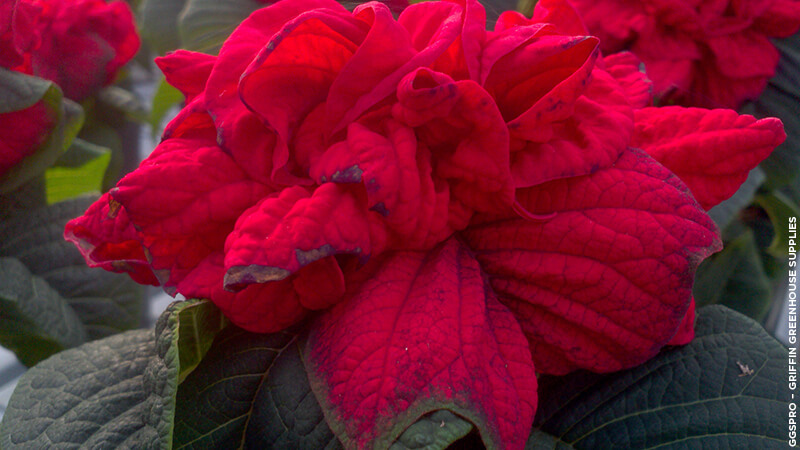The New Plant Dilemma: Too Many Everythings
I think we will forever have too many annuals and too many perennials. I don’t see plant companies or independent breeders putting the brakes on now, nor do I see them slowing down much in the future. Nobody walks into the garden center and asks, “What’s old?” So we keep at it.
No sane person looking at the number of new products we introduce every year, compared to the number of new customers each year, can ignore that one number is going way up while the other is going way down. Even though all the research, empirical and otherwise, states that plants are but decorations for a lifestyle (even the term “lifestyle” can’t be clearly defined), we keep introducing cultivar after cultivar. I don’t for a minute believe one is closely tied to the other, but it does seem we are like dinosaurs at times under an ever-darkening sky, chewing obliviously on. Should we slow down? I don’t know.
I for one love seeing the next 10 heucheras, the next great vinca and the next dozen calibrachoas. I enjoy talking about their growth in the greenhouse and their performance in the Trial Gardens at UGA. But I am a plant junkie, and what I like has little to do with the real world.
I speak about new plants all over the country–to you, to the commercial world and to the “real” world, the people actually buying our products. The talks are similar in content, but the message is totally different. I mention a new angelonia or a new rudbeckia or a new sweet potato, and while most of you are interested, you are, with reason, cautious and conservative. When I talk about those same products to gardeners and landscapers, the number one question is: “How do I know if they are any good here?” The “here”could be Point Huron, Mich., Roanoke, Va., or Atlanta, Ga.
The number one thing gardeners want from us is not another red geranium but a plant they can count on. And they are willing to do some soil preparation, weeding and watering. But having done that, they are no longer willing to take all the blame for plants that die because they are not suited for their climate.
I think we are finally recognizing that independent retailers and even the box stores–should they ever get their act together–are the most important cogs in providing the right plants to make the consumer comfortable and successful. That relationship must be nurtured or new plants will be as useful as a new slide projector. You have heard this from me before, but we will trudge on.
Where Can I Find That?
The other report I commonly hear is that “I can’t find any of these things.” And I’m not talking about the newest of the new either. I am talking about plants that have been out for over a year. This suggests not only are we confusing ourselves with too much, but there isn’t enough space in retail outlets to even get them on the shelf.
It should come as no surprise that specialty mail-order nurseries are so popular. Actually, there is room on the shelf if they’d minimize the acres of unnamed “red impatiens” and 18 different sizes of pelargoniums. It is difficult to support a local supplier when the only things they sell labeled properly are hoses and tools, and the only “new products” offered are gazing globes. This may not be true everywhere, but it is true in too many areas.
Historically, the Spring Trials in California have been the Mecca of new crop gluttony, each stop providing dozens more plants that weren’t there last year and many of which will disappear in two or three years. Times are, however, changing a little. Marketing companies like John Henry are playing a more important role than they used to, and Paul Ecke Ranch has been putting more emphasis on value-added products in the last five years. In fact, Sakata and Benary, both leading companies in new crop development, will not be formally participating in the trials this year, perhaps circling the wagons and working on better ways to move material they already have.
Last year, many of the players were working hard on value-added marketing, such as instant combination plantings that work for the retailer, color combinations and other novel ideas to make the jobs of the grower and the retailer easier. I know for a fact instant combos for the grower and retailer are being researched aggressively, not only for color combinations but for the right plants for the right locales. Now, that makes sense to me.
I stated many years ago “new crops are the lifeblood of this industry.” I still believe that to be true. Perhaps this is only a dilemma in my head. After all, we have wondered if we have had too many red geraniums for years. I just wonder if we don’t have too many everythings today.









